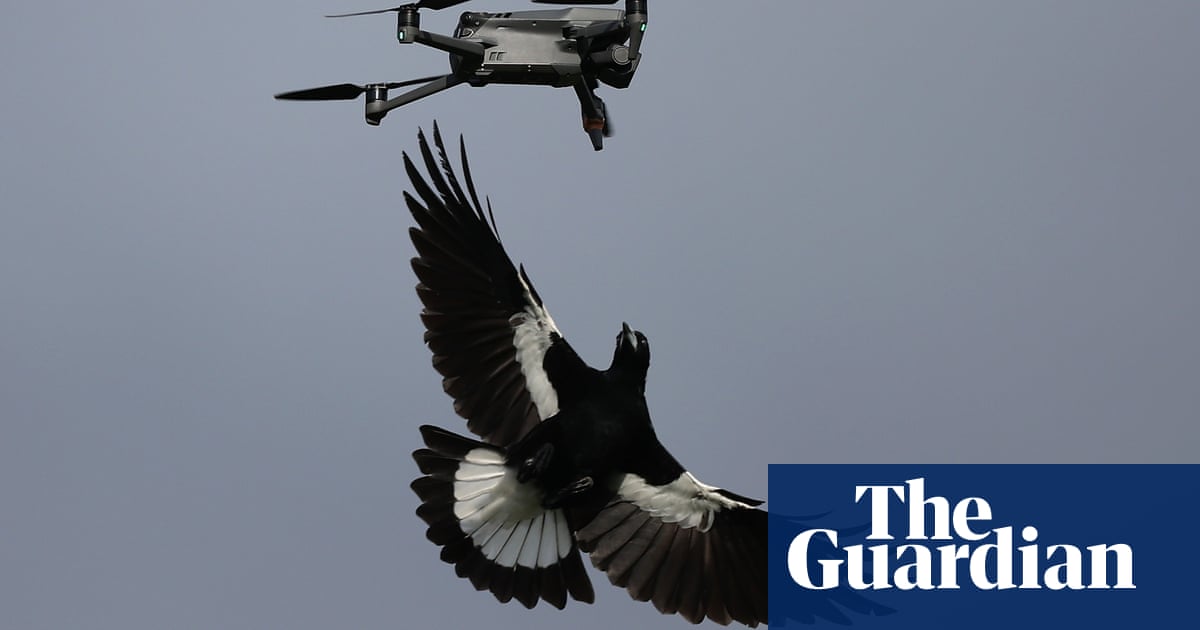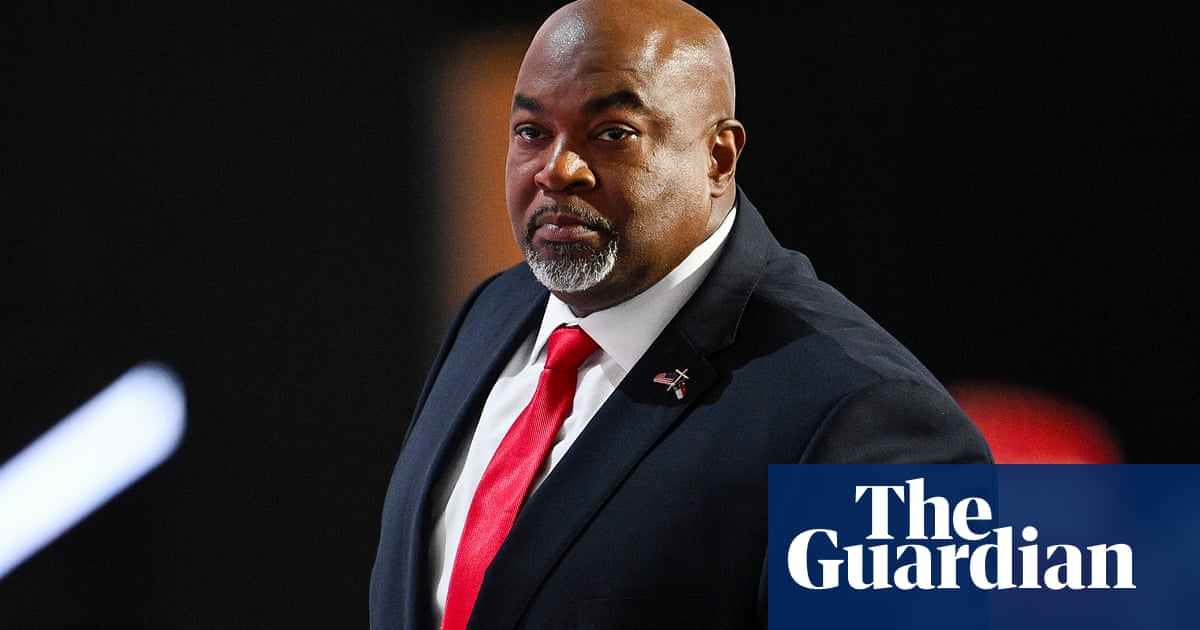Pope Francis has been sharply criticised by one of Belgiumâs Catholic universities over his stance on the role of women in society, in a strongly worded press release issued just moments after the pontiff spoke at the college.
Professors and students at UCLouvain, where the 87-year-old pontiff had made a speech on Saturday afternoon, said they wanted to express their âincomprehension and disapprovalâ about the popeâs views.
âUCLouvain deplores the conservative positions expressed by Pope Francis on the role of women in society,â said the statement, in extraordinary language from a Catholic university about a pope.
Francis went to the university on Saturday to celebrate its upcoming 600th anniversary as part of a weekend trip he is making to Belgium. His speech largely called for global action on climate change, but he also responded to a letter to him from students and professors that had asked about the Catholic churchâs teaching on women.
In the letter, which was read out loud to him, the students questioned him on the Churchâs historical part in entrenching female subservience, the unfair division of labour and even disproportionate female poverty.
âThroughout the history of the Church, women have been made invisible,â the letter read. âWhat place, then, for women in the Church?â
Francis replied by saying the Church was female, noting that the Italian word for it, âchiesaâ, is a feminine noun.
âA woman within the People of God is a daughter, a sister, a mother,â he said, adding âwomanhood speaks to us of fruitful welcome, nurturing and life-giving dedicationâ.
He did not give any details about potential plans for reform.
The university statement called the popeâs position on womenâs roles in society âdeterministic and reductiveâ.
âWe are really shocked,â said Valentine Hendrix, a 22-year-old student. âHe reduces us to a role of childbearer, mother, wife, everything we want to emancipate ourselves from.â
Jean-Pascal van Ypersele, a climatologist at UCLouvain university, said Francis had âfailed to rise to the occasion.â
âTo reply that the Church is a woman is really missing the point of the question â about the Churchâs respect for women and their role in the institution and in society,â he said.
Earlier the pope visited the tomb of Belgiumâs King Baudouin who in 1990 famously refused to sign a law lifting penalties against abortion, citing personal convictions.
Francis described the legislation â passed after the king temporarily renounced his functions to avoid having to endorse it â as âa murderous lawâ.
Francis has faced criticism during events throughout his trip to Belgium. The countryâs king and prime minister called on the pope to take more concrete actions to help survivors of abuse by Catholic clergy, and a rector at a different Catholic university asked him to reconsider the Catholic churchâs ban on ordaining women as priests.
UCLouvain is a French-speaking university in Belgium. It has 38,000 students studying across 20 faculties.
The Catholic church has an all-male clergy. Francis has created two commissions to consider whether women could serve as deacons, who, like priests, are ordained, but cannot celebrate Mass, but has not moved forward on the issue.
However, during his 11 years as pontiff, Francis has also changed the Vaticanâs primary governing document to allow women to lead departments, and has also allowed women to vote at major global meetings of bishops, known as synods, for the first time.
The popeâs three-day Belgium visit has been dominated by the Churchâs dark legacy of child sexual abuse, and saw him meet on Friday with 17 victims.
The group shared their stories and expressed their expectations to the pope, who âtook noteâ of their requests, according to the Vatican.
Belgium has been rocked by decades of abuse scandals and cover-ups and a hard-hitting documentary last year put the issue back on front pages, prompting new victims to come forward.
In an open letter this month, some had demanded the pontiff address paedophilia and set up a process for financial reparations.
On Saturday morning, during a gathering with clergy and pastoral workers at the vast Basilica of the Sacred Heart in Brussels, Francis was pressed on the issue for a second day running.
Replying to a question by a representative of an organisation helping abuse victims, the pontiff acknowledged the âatrocious suffering and woundsâ caused by the Church.
âThere is a need for a great deal of mercy to keep us from hardening our hearts before the suffering of victims, so that we can help them feel our closeness,â Francis said.
Reuters and Agence France-Presse contributed to this report









